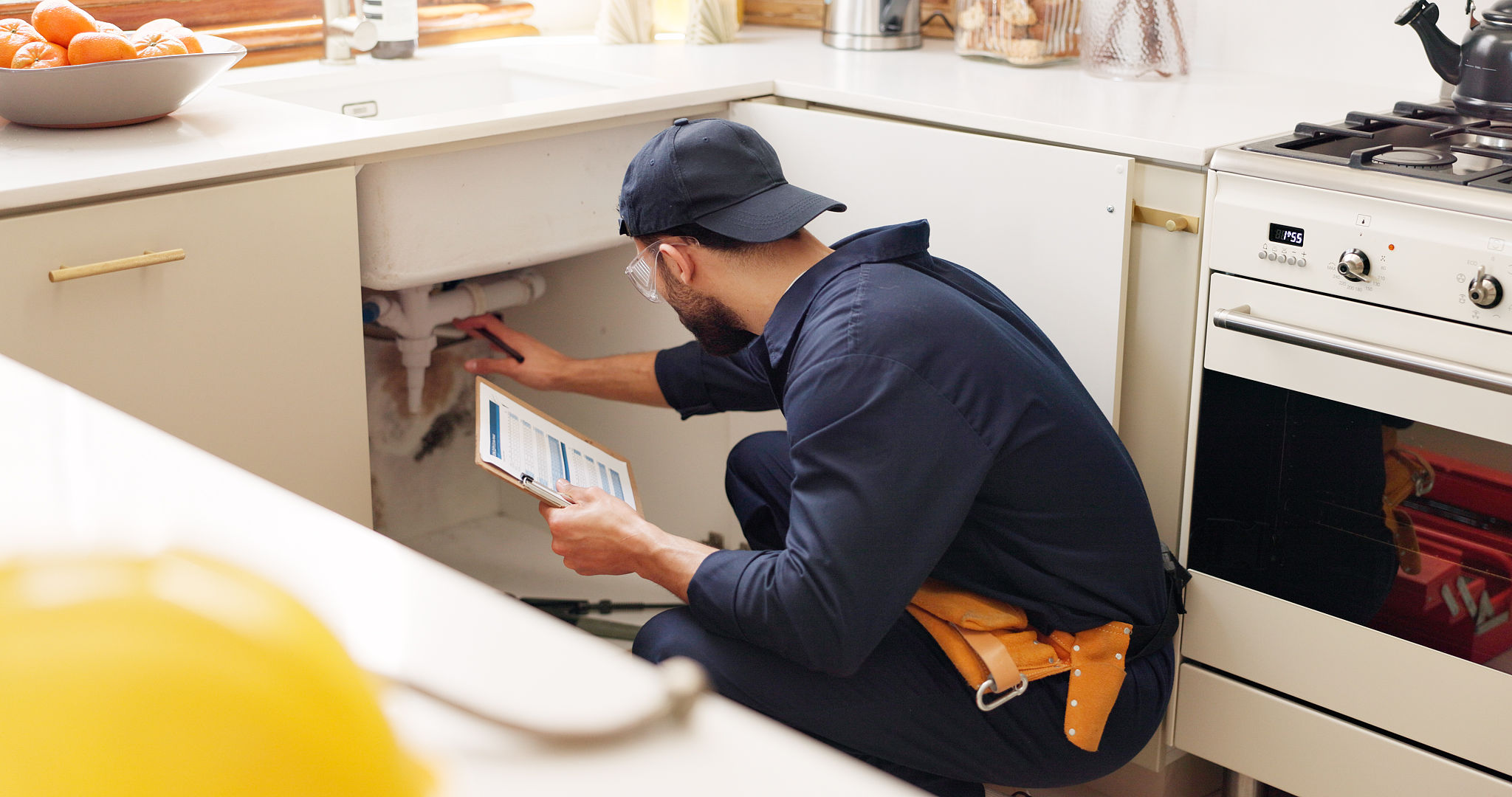Preparing Your Home for In-Home Care: Essential Tips for Families
Understanding the Need for In-Home Care
As our loved ones age, their needs often increase, requiring additional support to ensure their well-being. In-home care can be an ideal solution, offering personalized support while allowing them to remain in the comfort of their own home. Preparing your home for in-home care involves several steps to create a safe and comfortable environment for both the caregiver and the care recipient.
Before you begin, it's crucial to assess the specific needs of your loved one. Consider their mobility, medical requirements, and daily routines. This will help you determine the appropriate level of care needed and ensure that your home is adequately prepared.

Creating a Safe Environment
Safety is paramount when preparing your home for in-home care. Start by conducting a thorough assessment of your home to identify potential hazards. This includes securing loose rugs, installing grab bars in the bathroom, and ensuring that all walkways are clear of clutter.
Consider installing additional lighting in key areas such as hallways and staircases to prevent falls. If your loved one uses a wheelchair or walker, ensure that doorways are wide enough for easy access, and remove any obstacles that could impede their movement.

Adapting for Accessibility
Accessibility is another critical aspect of preparing your home for in-home care. If necessary, consider making modifications such as installing a ramp at the entrance or stairlift for multi-level homes. In the bathroom, a walk-in shower or bathtub can greatly enhance safety and ease of use.
Additionally, ensure that commonly used items are within easy reach. This might involve rearranging furniture or adjusting shelving heights in the kitchen and other areas.
Setting Up a Dedicated Care Area
Designating a specific area for caregiving activities can help streamline the process and ensure that all necessary equipment and supplies are readily accessible. This space should include comfortable seating for the caregiver and storage for medical supplies, medications, and any other essentials.

It's also important to maintain a balance between caregiving space and personal space. Ensure that your loved one still has access to their favorite spots in the home, such as their bedroom or living room, to promote independence and comfort.
Open Communication with the Caregiver
Establishing open lines of communication with the caregiver is essential for a smooth transition. Discuss your loved one's daily routine, preferences, and any potential concerns or special instructions. Regular check-ins can help address any issues promptly and ensure that the care provided is aligned with your loved one's needs.
Additionally, encourage feedback from the caregiver regarding any improvements or adjustments that could enhance the caregiving experience. This collaborative approach fosters a positive environment for everyone involved.

Maintaining Emotional Well-Being
Finally, it's important to focus on the emotional well-being of your loved one during this transition. Encourage social interaction by arranging visits from family and friends or engaging in activities that they enjoy. This can help alleviate feelings of loneliness and isolation often associated with aging.
By taking these steps to prepare your home for in-home care, you can create a supportive environment that promotes safety, independence, and quality of life for your loved one.